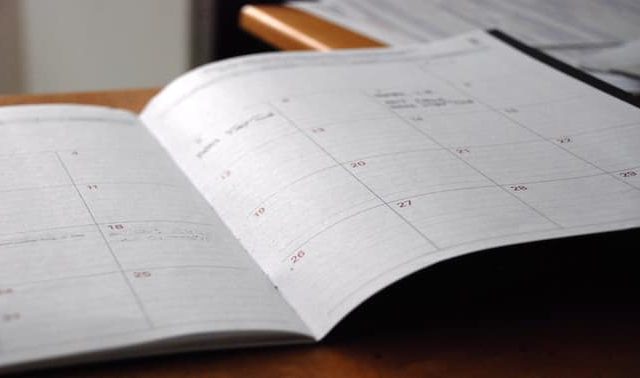Sign up for the Family Tree Newsletter! Plus, you’ll receive our 10 Essential Genealogy Research Forms PDF as a special thank you.
Get Your Free Genealogy Forms
"*" indicates required fields
Genealogy can be confusing for a budding family historian, but if you’ve decided to dip your toe into the water, you’re in luck! There are plenty of resources right on this website that will get you up and running in no time. One of the biggest mistakes a new genealogist can make is to dive right into the deep end without understanding what you’re getting yourself into or how to build a strong foundation for your research. Below, read four tips for beginner genealogy.
1. Start with yourself
You may want to jump right in with your grandparents’ generation, but take the time to document your own life’s milestones. By writing down dates and gathering records for yourself, then your siblings and parents, you’re anchoring your research, connecting each generation to the previous, and creating a strong chain of relationships.
2. Fill in the forms
There are several forms that help you document and keep track of your research, but the most basic and well-known is the pedigree chart (aka, the family tree). You can use paper forms or software, but the most common is the online tree.
3. Start with the resources closest to you
If you have old photographs, letters, documents and even heirlooms, you’re sitting on a treasure trove of family history. Go through those first to see what you can learn. Then, set up a time to interview your elderly relatives. Take some of those photos with you to get them talking.
4. Search online
There are a lot of websites that contain information pertinent to your research. Chances are, you’ve seen the commercials for Ancestry.com and maybe you’ve even taken a DNA test there. You can find records on other websites and repositories—sometimes for free!









